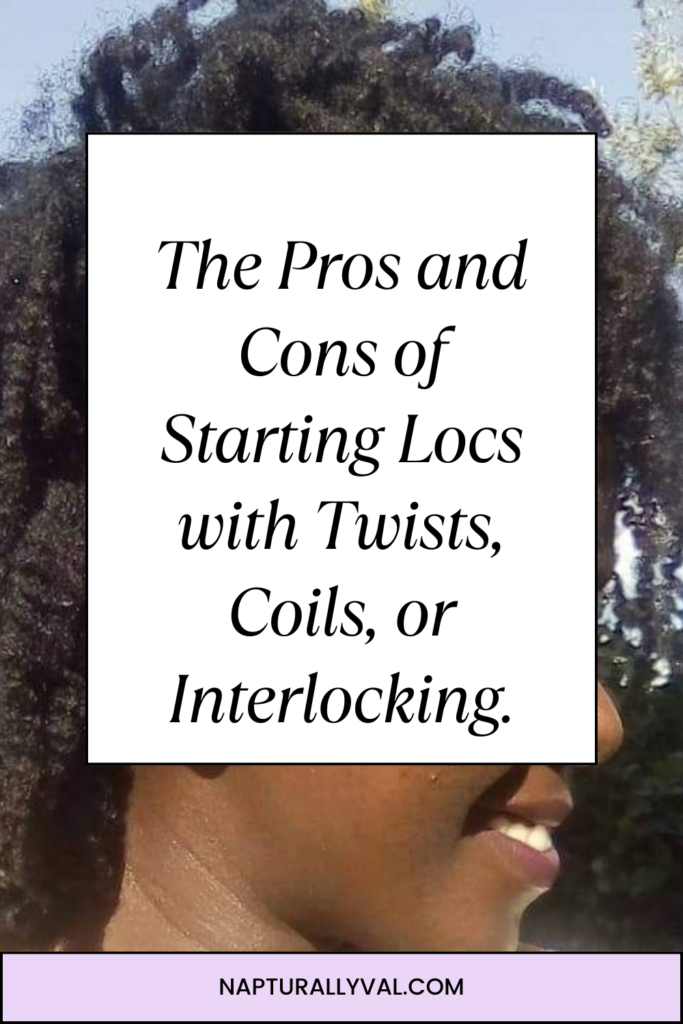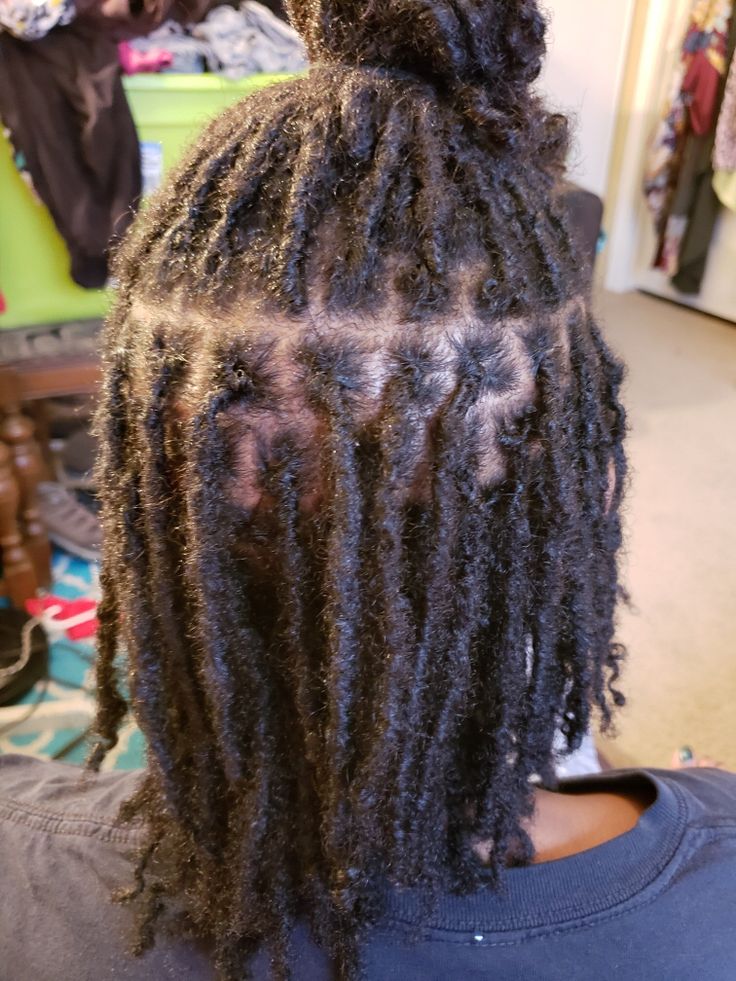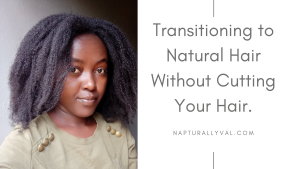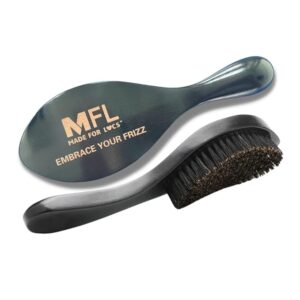When it comes to starting your loc journey, one of the most important decisions you’ll make is choosing the right method to begin. Twists, coils, and interlocking are three popular methods, each with unique benefits and challenges. I know firsthand how overwhelming this decision can be. But don’t worry, this guide will break down the pros and cons of each method to help you make an informed choice.
Feel like your hair has been the same length forever, I’ve an Ebook that will help you grow your hair healthier, longer and thicker. Grab your copy here… Also, check out all the Ebooks,guides and journals that will go a long way in your hair care journey here.

Table of Contents
How to Choose Between Twist, Coil & Interlock Loc Methods.
1. Starting Locs with Twists
Twists, also known as two-strand twists, are a popular choice for many starting their loc journey, especially for those with kinkier hair textures like 4C. This method involves twisting two sections of hair together, creating a rope-like pattern that serves as the foundation for your locs.
Pros of Starting Locs with Twists
- Low Manipulation
Twists are gentle on the hair and scalp. They don’t require as much tension as some other methods, making them ideal if you’re prone to scalp sensitivity or thinning edges. - Natural Aesthetic
Twists blend seamlessly with natural hair, so they look natural from the start. They’re a great option if you prefer an understated, beginner-friendly style. - Budget-Friendly
You can easily start locs with twists at home with no professional help. All you need are your hands, patience, and maybe a good leave-in conditioner. - Easy Maintenance in the Early Stages
If you’re already used to wearing two-strand twists as a natural hairstyle, transitioning to locs is less of a learning curve. You may only need to keep your scalp clean and your twists moisturized.
Cons of Starting Locs with Twists
- Longer Locking Time
Twists take longer to fully lock and mature, especially if you have softer or looser curl patterns. It may take up to a year or more for them to solidify into locs. - Frizziness in the Early Stages
If you’re someone who dislikes frizz, twists might test your patience. As your locs form, the twists may unravel slightly, leading to a fuzzy appearance. - Less Durability
Twists are prone to unraveling, especially if you wash your hair frequently or engage in activities like swimming. You’ll need to be extra gentle in the beginning stages.

2. Starting Locs with Coils
Coils, also referred to as comb coils or finger coils, are another popular method for starting locs. This technique involves twisting small sections of hair around a comb or finger, creating tightly coiled spirals that eventually loc.
Pros of Starting Locs with Coils
- Defined Look from the Start
Coils create a uniform, polished look right away. If you want a neat and defined starter loc appearance, this method is perfect. - Great for Tighter Curl Patterns
Coils work exceptionally well for kinkier hair textures, as the natural curl pattern encourages the loc formation process. - Faster Locking Time
Compared to twists, coils tend to loc faster, especially if your hair is coarse or highly textured. - Ideal for Smaller Locs
If you’re aiming for micro or small locs, coils provide the precision needed to create smaller, evenly sized sections.
Cons of Starting Locs with Coils
- Requires Professional Help (in Most Cases)
While you can do comb coils at home, achieving uniformity across your entire head is challenging without the help of a professional. - Needs More Maintenance in the Early Stages
Coils can be delicate and may unravel with frequent washing or manipulation. You’ll need to re-coil often, especially in the beginning. - Scalp Visibility
Coils can expose more of your scalp, which may be a downside if you prefer a fuller, more voluminous look. - Shrinkage is Real
Your hair will shrink significantly when starting with coils, which might be frustrating if you’re used to longer hairstyles.

3. Starting Locs with Interlocking
Interlocking is a more intricate method of starting locs. It involves threading the ends of your hair through the root using a tool or your fingers, creating a knot-like pattern. This technique is popular for those who want a more secure start to their locs.
Pros of Starting Locs with Interlocking
- Durable and Secure
Interlocking creates a tight and secure base, making it less prone to unraveling. It’s an excellent option if you have an active lifestyle or frequently wash your hair. - Works for All Hair Types
This method is versatile and works for all hair textures, from loose curls to kinkier patterns. - Neat and Professional Appearance
Interlocking provides a clean and professional look from the start. If you prefer neatness over a natural or “messy” appearance, this method is for you. - Longer Time Between Maintenance
Interlocked locs don’t require as frequent retightening compared to palm rolling or twisting, saving you time in the long run.
Cons of Starting Locs with Interlocking
- Time-Consuming
The process of interlocking is detailed and takes longer than twists or coils, especially if you have a full head of hair. - Requires a Skilled Professional
DIY interlocking can lead to uneven tension or weak spots in your locs. It’s best done by someone trained in the technique, which can be costly. - Scalp Tension
Interlocking can put extra tension on your scalp, which may lead to discomfort or thinning if not done correctly. - Difficult to Undo
If you change your mind about locs, interlocking is the hardest method to reverse without cutting your hair.

How to Choose the Right Method for You
Choosing the best method to start your locs depends on several factors, including:
- Your Hair Texture: Twists and coils are ideal for kinkier textures, while interlocking works well for all textures.
- Lifestyle: If you’re very active or wash your hair frequently, interlocking may be the most secure option.
- Budget: Twists and coils are more budget-friendly if you plan to DIY.
- Patience Level: Coils and interlocking often lock faster than twists.
Products to Support Your Starter Loc Journey
Regardless of your chosen method, having the right products will make the journey smoother. Here are some recommendations:
- Moisturizing Spray:
Keep your locs hydrated with a lightweight, non-residue spray like the Taliah Waajid Protective Mist Bodifier. - Residue-Free Shampoo:
Cleanse your scalp without buildup using moisturizing sulphate free shampoo or a clarifying shampoo designed for locs. - Loc Gel or Cream:
Use a light loc gel, like the Lion Locs Locking Gel, for retwisting and maintaining neatness. - Satin or Silk Scarf:
Protect your locs while you sleep with a silk bonnet or pillowcase to reduce friction.
Final Thoughts
Starting locs is a deeply personal journey that reflects your unique style, personality, and hair goals. Twists, coils, and interlocking are all excellent methods, each with their own pros and cons. The key is to choose a method that aligns with your lifestyle, hair texture, and aesthetic preferences.
No matter which method you choose, remember: patience is essential! Locs take time to form, mature, and thrive. With proper care, your loc journey will be a beautiful and rewarding experience.
Are you ready to start your loc journey? Let me know in the comments or share your experience! And don’t forget to check out the recommended products to make your starter locs flourish.
Ready to shop? Click the links to get your hands on the best loc-care products and start your journey today!



